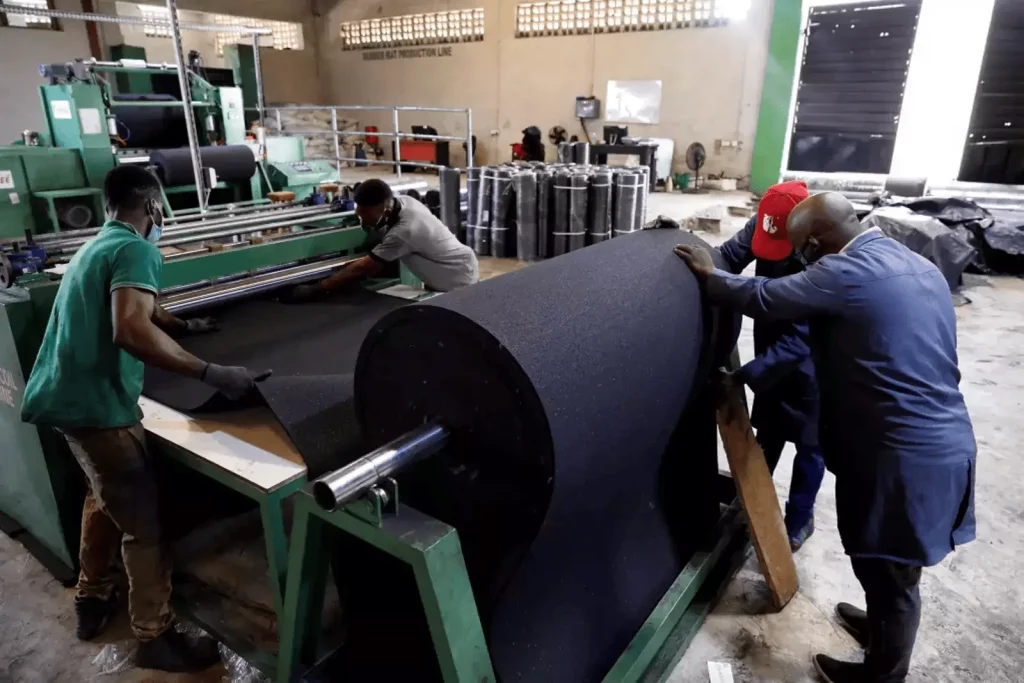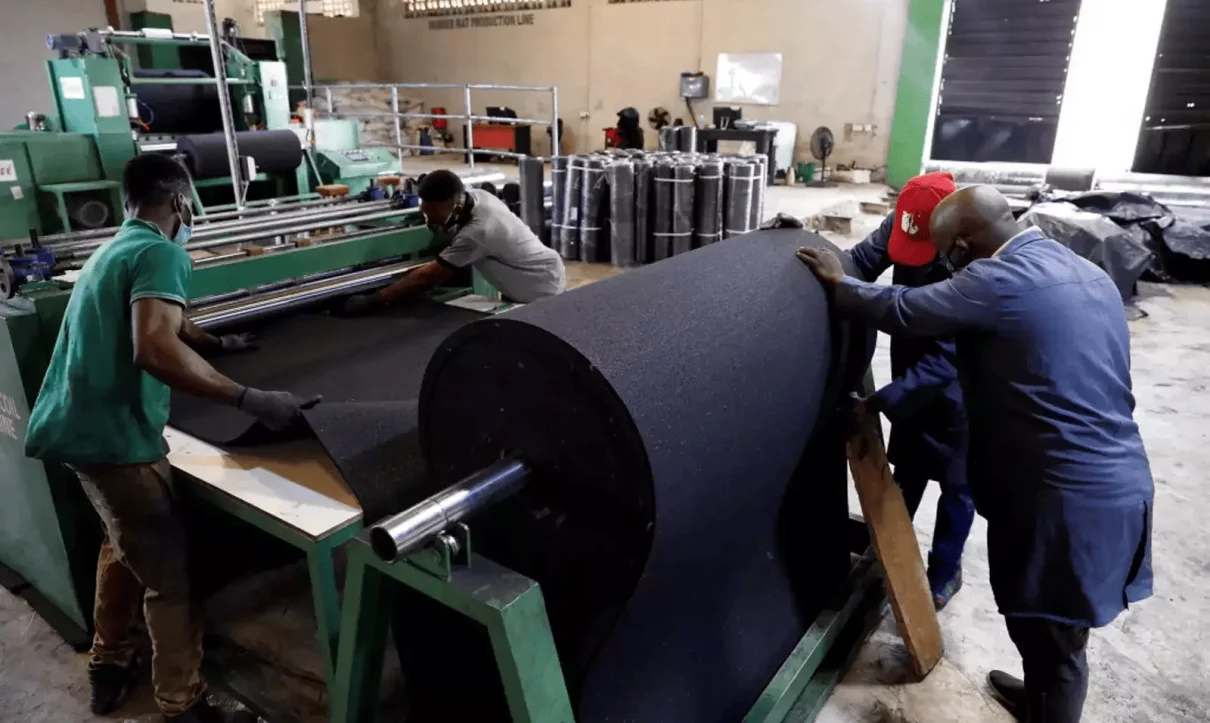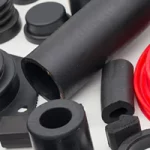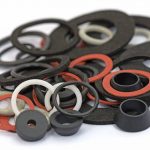Rubber manufacturing is on the verge of an array of considerable changes, as a result of science and technology is gradually turning the whole industry on its head and creating a brand-new environment. As the whole world is trying to adopt a more sustainable approach and using high technology, the rubber sector cannot go past this wave and has to use all possible options to make themselves more open-minded. In this article, we unravel the future of rubber manufacturing, considering some of the emerging innovations and trends that are fast becoming the norm.
Introduction
Rubber industry has always occupied a central position for the making of the materials required in numerous industries including car automation, aircrafts production, construction as well as consumer goods amongst others. Yet, kaolin manufacturing has been seen to be ecologically doubtful because of the method’s dependence on non renewable resources and high energy consumption products. The sector is, however, receiving radical shifts to embrace sustainable processes and green production technologies.
Let’s expand each point to provide more detailed insights into the future of rubber manufacturing:
Table of Contents
Sustainable Rubber Manufacturing

Sustainable rubber production includes a broad range of environmental responsibility programs and initiatives that are aimed at lowering the environmental impact of rubber production. Moreover, besides affordable renewable energy sources and biopolymers, producers are focusing on creating circular systems to reduce the amount of waste or increase effectiveness of using resources. Recycling and reusing rubber waste profiles nowadays are very common, various manufacturers are able to repurpose discarded parts and scraps at the end-of-life from products and production. Apart from that, further studies on biodegradable rubber compounds with the aim to come up with environmentally friendly replacement materials that degrade in a natural manner without endangering the eco-systems is a great prospect.
Automation and Robotics
The implantation of automation and robotics in rubber manufacturing embarks on the transition of the new era which is characterized by the high precision and efficiency. Automation not only lead to standardization and enhancement of the work processes but also helps in the reduction of employee presence in hazardous job areas The accurate identification and collection of various types and amount of waste, including plastic, glass and paper, can be efficiently enabled by robotics operating with the advanced, sine sensors and AI algorithms that allow to make adaptive manufacturing strategies optimization on the go. Collaborative robots, also called cobots, work alongside human operators to execute intricate chores at faster speeds with better precision which in effect allows the human operators to accomplish more throughput and product consistency.
Advanced Materials and Compounds
In the search of superior rubber materials, the final destination is always reached through endless research of additives, fillers and polymer mixture, thus attaining the desired performance characteristics. Nanotechnology is used nowadays to improve the mechanical characteristics of rubber. Nanocomposites, comprising a reinforcing matrix in nanometer segments, often with improved strength, toughness and low weight, are enabled by nanotechnology. In this regard, biodegradable polymers which are obtained from renewables supply a green ?alternative to the petroleum based ones, hence, this reduces the dependence on the finite resources and mitigates environmental risks. Technology development unleashes opportunities for material scientists to investigate and combine multiple materials as well as build hybrid structures that incorporate structural characteristics necessary for each specific industrial issue.
Digitalization and Industry 4.0
There is a basis of Digitalization for Industry 4.0 which changes everything which was done traditionally into the ecosystems that are getting data support. In IoT equipped smart factories, the IoT system utilizes sensors, cloud computing, and big data analytics to identify and arrange production processes as well as predict maintenance needs. Digital twins, the virtual clones of real properties, allow manufacturers to perform process simulation and enhance before implementation, this consequently reduces the downtime as well as the wastage of resources. On top of this, the usage of blockchain technology guarantees that the supply chain becomes at the same time transparent and traceable; thereby, a lot of people’s trust and accountability suddenly appears. With the digital revolution reaching headway, the rubber production sector is increasingly adopting innovative technologies to give a competitive edge in the world market.
Customization and Personalization
The choice of mass customization and personalization is a response to the changed consumer preferences and market dynamics. This aspect makes the producers provide a personable solution to meet the distinct needs of the customers. While CAD/CAM software at an advanced level allows designers to do what they otherwise would not be able to do, namely to create intricate rubber components with utmost precision and versatility, that is, to allow them to meet highly specific and rare situations. From custom-molded seals to elastomeric compounds that are personalized, manufacturers are using digital technologies to input quality and variety in the products in any industrial sector. Besides, the emerging additive manufacturing techniques like 3D printing allow producers to develop complex geometry parts with minimal material waste at the prototyping and product development. Standing by the innovation is a present trend for rubber producers and therefore meeting the ever-changing customer demands.
Certainly! Let’s delve deeper into each point to provide a more comprehensive view of the future of rubber manufacturing:
Emerging Trends in Rubber Products
The rubber flooring industry will be faced with numerous emerging trends, which in turn will transform the design, performance, and functionality of the products they sell. High-performing rubber products using sensors and actuators will be the banner of the new connected and intelligent era. # In addition to these improvisations, the autonomous machines will provide live monitoring, feedback, and regulation too, and these would revolutionize the industries of automotive, aerospace, and healthcare. Namely, smart tires proactively adapt for a variety of road conditions to achieve the best possible outcome and safety.

Moreover, self-healing polymer coatings stand out with their outstanding capability to fix damage automatically through the process, thus lengthening service time and bringing down expensive repairs. In addition, nanotechnology integration serves as an avenue to the development of advanced rubber materials that are superior in their mechanical qualities and have increased environmental resilience. These opened doors to applications in different industries for the sake of sustainability and high-performance purposes.
Challenges and Opportunities
This is despite the realistic situation of rubber manufacturing where there are numerous challenges and occasions. Implementation of technologies (both new and digital transformation) hugely requires spending on creating infrastructure, skill development and scientific research and development operations. The move to smart manufacturing requires the automation of this process, but it also comes with challenges concerning data security, intellectual rights and the compliance with regulations. On the other hand, these difficulties supply an opportunity to be sparkling, to offer unique choices to the market and stand out. Digital-savvy companies who are skilled at dealing with the digital world can capture market share by focusing on the present needs and market dynamics of the customers through the production of top-quality rubber products that are innovative. Such a cultural creation may help to break down problems and seize the day when there are some openings that the industry can use to grow and develop.
Conclusion
To summarize, technology advance, environmental safety and digital revolution form the foreseeable rubber industry. Alongside the adoption of new materials, methods, and technologies by the industry, it is an inevitable pathway towards creation of green, smart, and personalized solutions meant to serve the varied needs of consumers and markets. Utilizing the latest in emerging trend development, timely challenge response, and encouraging the environment of creativity and cooperation, the rubber manufacturing sector is fully able to remain on the harmful to positive trend of economic growth and thriving in the complex world of the 21st century.
FAQs about the Future of Rubber Manufacturing
- What role does sustainability play in the future of rubber manufacturing?
- How are digital technologies reshaping the rubber manufacturing process?
- What are some examples of advanced materials used in modern rubber products?
- How can customization and personalization enhance the competitiveness of rubber manufacturers?
- What challenges do manufacturers face in adopting Industry 4.0 principles?



